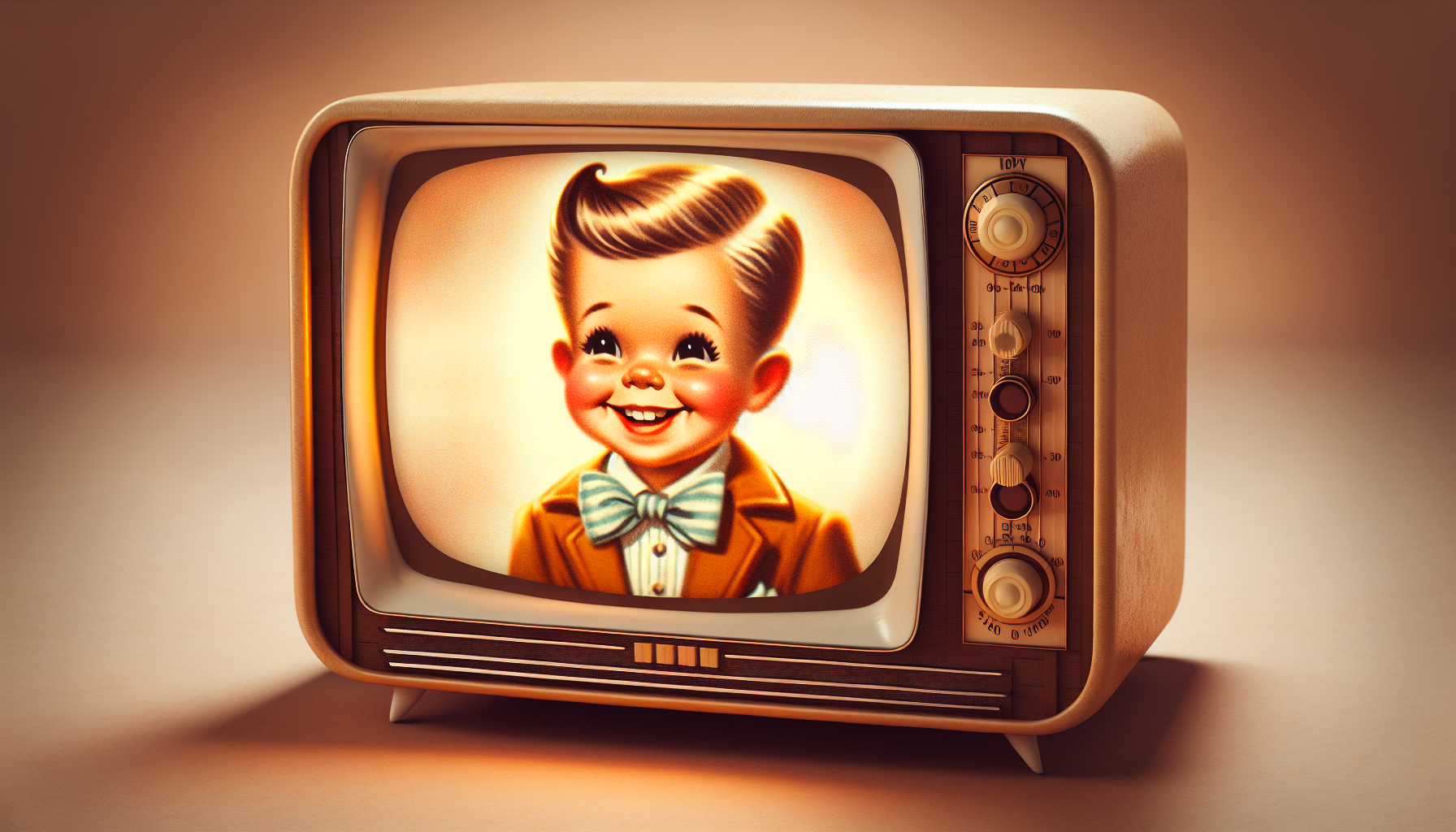
Viewers are drawn to the wholesome values depicted in these shows, reflecting a longing for a simpler time. This yearning for familiarity is deeply rooted in the cultural fabric of societies, where families often reminisce about their childhood experiences watching these programs together. The laughter, the lessons learned, and the moral dilemmas faced by the characters often mirror real-life situations, allowing audiences to connect these fictional portrayals with their own family dynamics.
Furthermore, classic television continues to thrive in the age of streaming services. Networks and platforms often revive these timeless series, introducing them to a new generation while rekindling fond memories for those who grew up watching them. The nostalgic resonance of shows like Leave It to Beaver serves not only as a form of entertainment but also as a reminder of enduring family values and the importance of togetherness, offering a reprieve from the complexities of modern life.
Cultural Impact on Modern Family Dynamics

In today’s fast-paced world, the cultural impact of shows like Leave It to Beaver on modern family dynamics is profound. The series exemplifies an era that celebrated traditional values, fostering a familial bond that many strive to replicate amidst contemporary challenges. The Cleaver family, with their evening dinners and interactive discussions, paints a picture of cohesion that contrasts starkly with the more fragmented lifestyles seen in many households now. This portrayal resonates strongly with those who yearn for stronger family connections in an age dominated by digital distractions.
Modern family structures are diverse and often complex, yet the fundamental desire for closeness remains constant. The innocence and simplicity that Leave It to Beaver showcased urges viewers to reflect on their own family interactions. Watching Beaver navigate childhood dilemmas with the support of his family, audiences today may contemplate how they address similar issues in their lives, seeking to foster open communication and unconditional love in a society that sometimes feels disjointed.
Nostalgia plays a powerful role here, acting as a bridge between generations. Parents who grew up with classic shows often share these experiences with their children, hoping to instill values and traditions reflective of their upbringing. This collaborative viewing fosters discussions that might not otherwise occur, allowing modern families to engage with timeless morals derived from the stories, reinforcing the importance of honesty, responsibility, and respect for one another.
Moreover, as society grapples with the realities of blended families, single parenthood, and evolving gender roles, Leave It to Beaver serves as both a touchstone and a reference point. It reminds us of the importance of adaptability in family life, illustrating that each household may navigate its dynamics differently while still cherishing similar core values. This examination of family through the lens of nostalgia opens dialogue about how families today can actively create their own narratives, blending traditional ideals with modern realities.
Nostalgia and Its Role in Popular Media
Nostalgia is a potent force in popular media, sparking a revival of interest in shows like Leave It to Beaver. This series resonates with audiences not just for its innocent charm but also for the memories it evokes. At its core, nostalgia creates a comforting sense of connection to the past, tapping into emotions tied to simpler times and familial bonds. For many, the clear-cut morals and relatable scenarios presented in classic television serve as a soothing remedy to today’s complexities.
As viewers scroll through streaming options, the sight of Leave It to Beaver can provoke warm recollections of family gatherings, laughter, and lessons learned. It captures a specific cultural moment when sitcoms offered straightforward narratives, allowing families to gather around the television and share in collective experiences. This shared nostalgia is important; it allows parents to not only revisit their own childhood but also bond with their children over timeless stories. The charm lies in its ability to connect generations through the universal experiences of growing up.
This sense of nostalgia has seeped into contemporary storytelling, often serving as a blueprint for modern shows aiming to capture a similar essence. Newer programming often pays homage to classics, using familiar tropes and characters that echo the values of past series. In an era where family dynamics are often scrutinized, the innocence of Leave It to Beaver provides an idealized template for viewers to aspire to. Rather than shying away from the complexities of family life today, producers mine nostalgia to ground current narratives in the lessons learned from the past.
Furthermore, the concept of family continues to evolve, yet the appeal of traditional values portrayed in shows like Leave It to Beaver remains relevant. Viewers gravitate toward content that offers reassurance amidst shifting paradigms, where nostalgia acts as both an anchor and a lens through which past experiences can guide present decisions. The clarity of the family dynamics presented in the show—where love, understanding, and support are paramount—challenges modern families to re-evaluate their interactions and embrace the essence of connection that transcends time.
Ultimately, this nostalgic lens enriches modern storytelling. It inspires creators to investigate how past lessons can be reinterpreted in today’s context. The clear depiction of familial love, along with the occasionally humorous lessons learned, serves as a backdrop for contemporary families facing their own challenges. By drawing on these nostalgic elements, shows can cultivate a sense of belonging and continuity that many are seeking in a fast-paced, ever-changing world.

